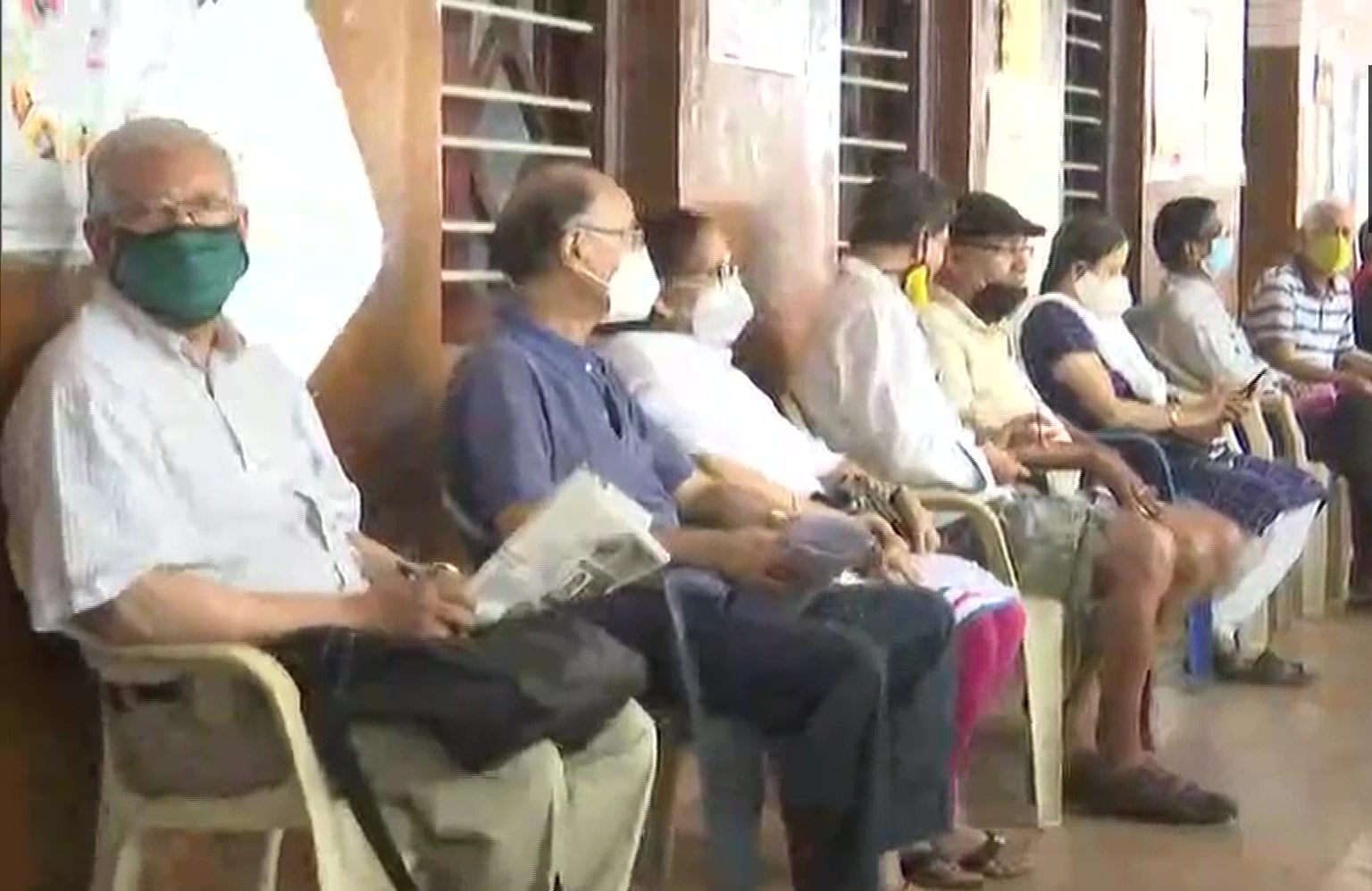
What’s behind the rise in number of COVID-19 cases?
Is India currently witnessing a second wave of coronavirus? Several states are now following on the heels of Maharashtra and Punjab and reporting a steep rise in the number of active cases

Is India currently witnessing a second wave of coronavirus? Several states are now following on the heels of Maharashtra and Punjab and reporting a steep rise in the number of active cases.
On Saturday the country’s COVID-19 tally rose to 1,11,92,088 with over 18,000 fresh cases being reported in a span of 24 hours after 36 days. Active cases registered an increase for the fourth consecutive day on March 6 and were recorded at 1,80,304, according to the Union health ministry.
Interactive: Know the pandemic stats here
Delhi has reported more than 300 cases for the last two days – the first time since January 15. In Gujarat, the numbers have been climbing for three weeks. In the past two days, the state has reported more than 500 cases, something that had not happened since January 17. Numbers in the state had been on a decline in the new year, touching a low of 232 on February 8. But they began to rise again after that.
Similar increases have been seen in Haryana, Rajasthan and Madhya Pradesh.
Reasons Behind the Upward Trajectory
All these states have had remarkably similar trajectories. They show a steady decline till the first week of February, and then a sharp rise north.
Lack of travel restrictions is one reason why cases are rising. People are free to move from one place to another. In most states, passengers coming in from Maharashtra – the worst-hit state with more than 10,000 cases in the past two days – are not being mandatorily screened.
But Maharashtra is not the only state to ease restrictions, and none of the reasons attributed for the rise of cases there — reluctance to follow coronavirus guidelines, public functions, reopening of businesses – is unique to the state.
Also read: Coronavirus crisis unlikely to be over by end of year: WHO
And yet the numbers have not risen in Bihar or Uttar Pradesh, or even in poll-bound states like West Bengal, Assam and Tamil Nadu, which are witnessing huge rallies.
The situation in Punjab is as bad as in Maharashtra – in relative terms. By the middle of January it was reporting less than 150 cases a day. But in the last three days, the daily numbers have twice crossed 1,000.
No Rise in Deaths
There is a silver lining. Even though the number of cases are rising, there is no rise in the number of deaths. That could change, as deaths often occur two to eight weeks after the onset of COVID-19 symptoms. But even after almost a month since the cases began to rise, there is no discernible increase in the number of fatalities. This could indicate that most of the new infections might only be mild in nature.


